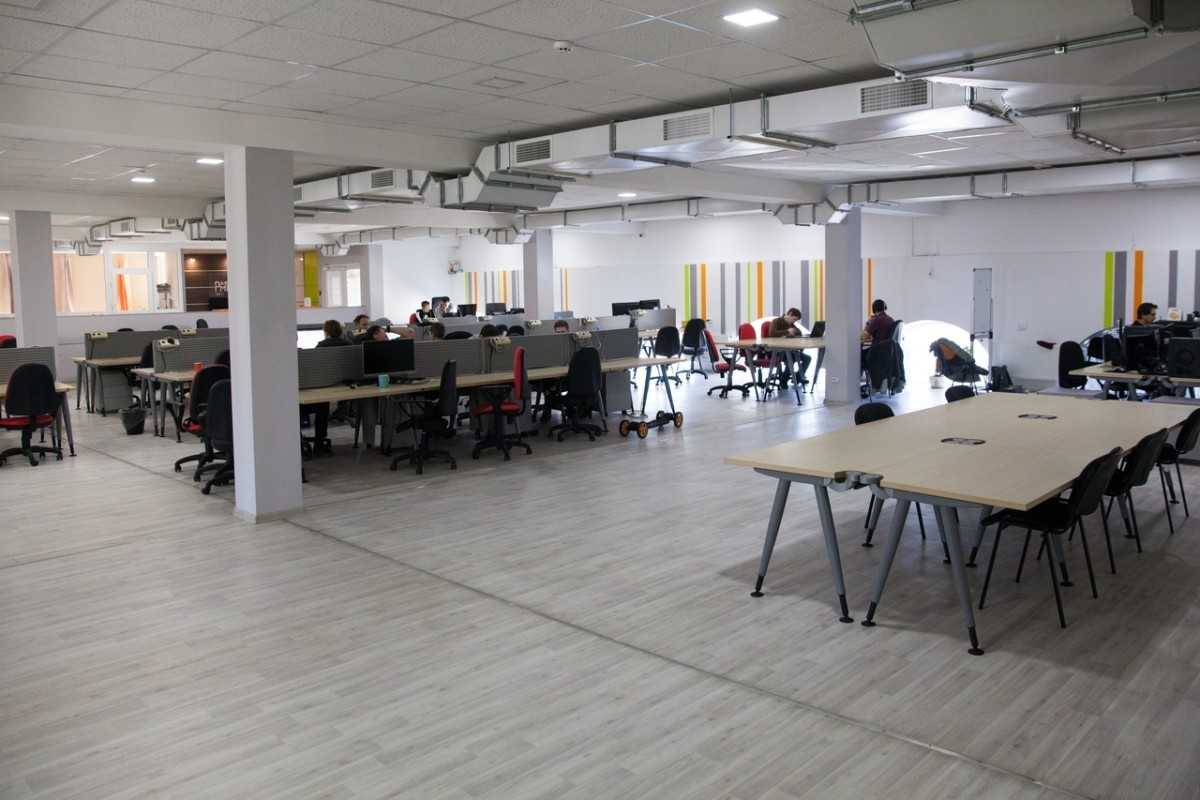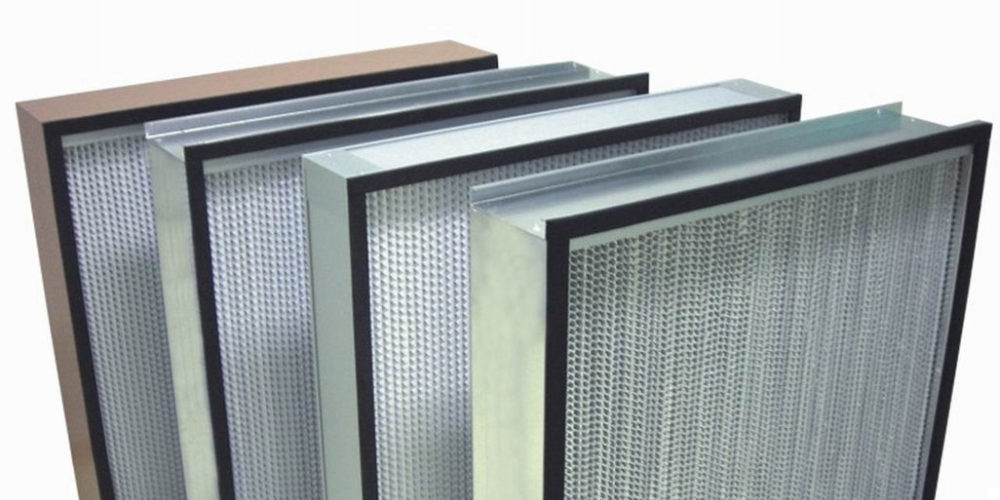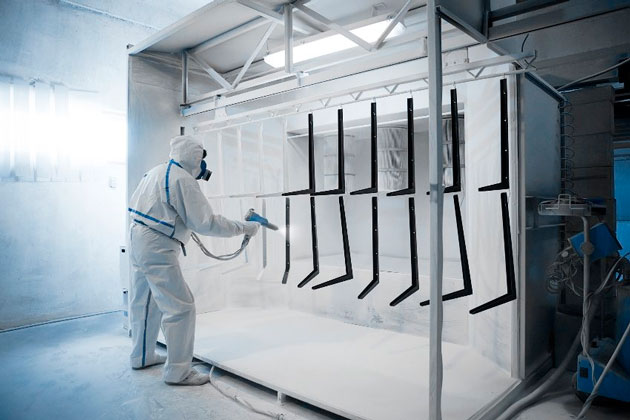Content:

Ventilation air purification at nuclear power plants is an important criterion for safety of plant operation, considering the probability of radioactive substances release. The use of special equipment (design features and completeness) contributes to radiation safety, the main area of which is the protection of biological objects.
When selecting filtration equipment for nuclear power plants, it is important to take into account the principle of operation of the nuclear industry facility, to understand the technologies used and the characteristics of the products manufactured. In addition, experts recommend creating individual ventilation schemes for rooms where along with radioactive substances, chemical substances (compounds) are used, which release heat during operation, which affects the microclimate parameters.
Ventilation at nuclear power plants: basic principles
The main task, for the solution of which ventilation equipment is used, is the creation and maintenance of a microclimate with normal parameters, presence in which does not threaten the life and health of the personnel of the enterprise.
To eliminate the risk of radioactive contamination, it is necessary to:
- equip local ventilation with the simultaneous installation of general ventilation systems;
- to isolate the operating equipment (special attention should be paid to the sealing of installations operated in a confined space);
- divide the working space into zones (here it is possible to provide certain directions of air movement, which excludes mixing of streams);
- create special barriers (installation of high-tech solutions eliminates the spread of harmful substances).
Cleaning the air from aerosol impurities involves installing filter elements on both the outgoing and incoming streams. According to experts, the installation of purification solutions prevents the pollution of the environment by gases, while allowing the collection and disposal of valuable products that may be contained in the exhaust air.
Features of the filters used
Today, filters for nuclear power plants not only help to clean the air from harmful impurities (radioactive production waste), but also help to create a comfortable microclimate in the working rooms. The main thing is to choose the right model, taking into account the type and characteristics of materials used and products manufactured.
The FAP-3400 filter can be installed in a supply or exhaust ventilation system operating at a nuclear power plant. Due to the design features, the components deal well with toxic aerosol particles (acids, alkalis, organics). They are characterized by universal dimensions, which increases their popularity.
The FAS filter successfully handles radioactive and toxic suspensions, including mists that contain dispersed phases in insoluble form. Regenerated models are recommended for installation in special gas purification systems, non-regenerated models can be installed as components for ventilation (including air purification).
Filter FAS-5000H is an upgraded model, which is designed for installation in systems with an increased load level. Due to the design features, installation and disassembly does not take much time.
The use of adsorbers helps to clean the air in the rooms of nuclear power plants from iodine and other gases. The design includes seismic resistant carbon cartridges. Additional equipment with a special panel helps with the control of activated carbon, which is reflected in the features of operation.
Regardless of the type of filter selected, its installation and maintenance should be entrusted to qualified personnel. This is a pledge of correct operation, which depends on the radiation safety at nuclear industry enterprises and the state of the environment.




